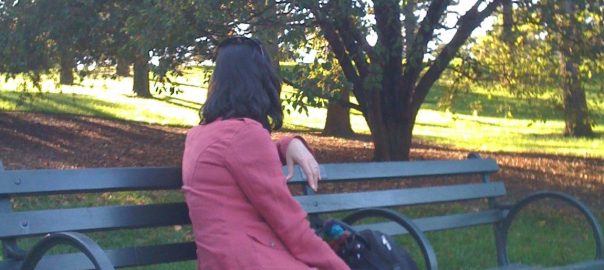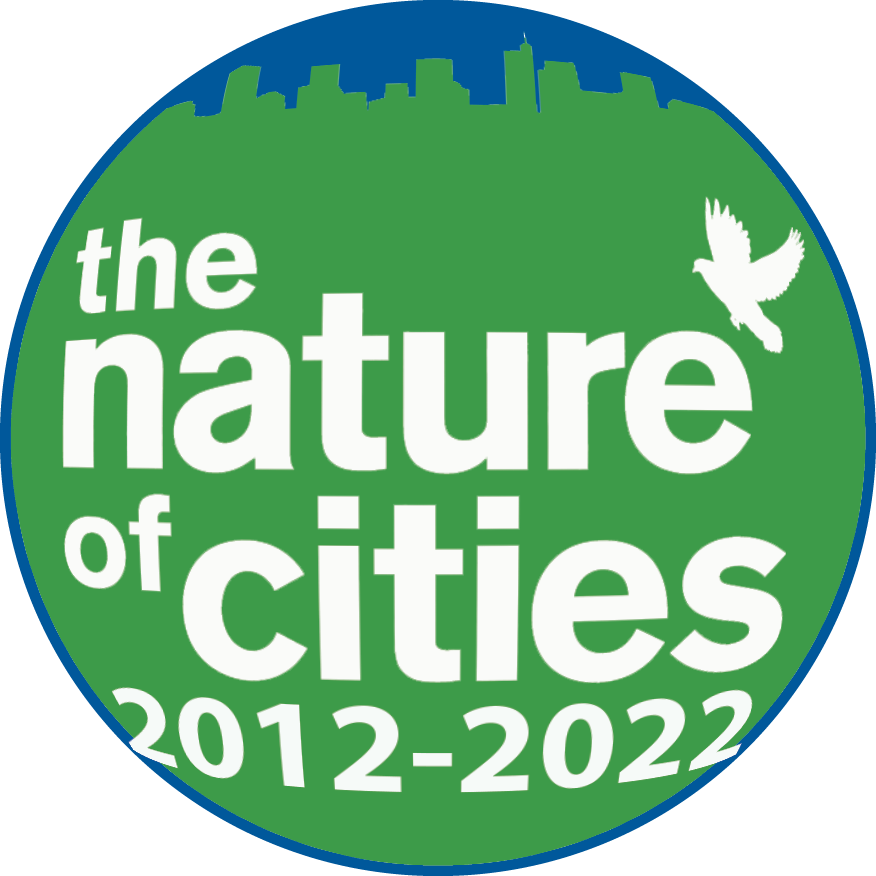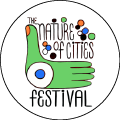1 May 2016
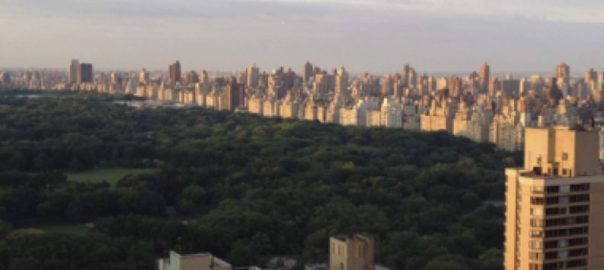
Cities—their design and how we live in them—will be key in our struggle for sustainability and, indeed, our future. As cities grow, as they are newly created, and as more and more people choose or require them as places to live, our decisions about urban design and city-building will determine...
1 Comment(s)Join our Conversation
30 April 2016
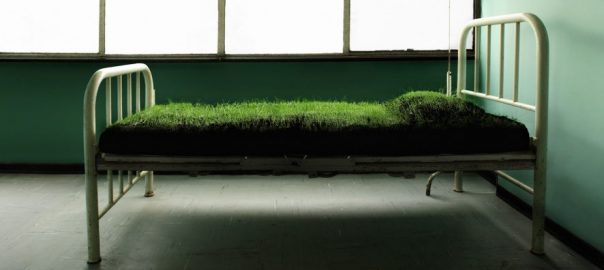
15 Comment(s)
Join our Conversation
28 April 2016

A research and design framework, lowlands looks at public housing projects in environmentally vulnerable locations—specifically, low-lying lands, often on former marshes. A quick survey of New York City public housing projects demonstrates that this is a common condition; in many cases, land available for public housing wasn’t previously developed because...
4 Comment(s)Join our Conversation
26 April 2016
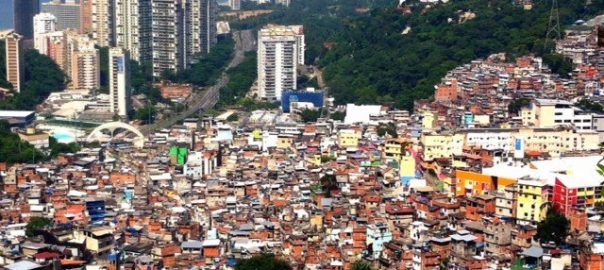
According to the UN, at least one third of the global urban population suffers from inadequate living conditions. Lack of access to basic services (drinking water and/or sanitation, not to mention energy, waste recollection, and transportation), low structural quality of shelters, overcrowding, dangerous locations, and insecure tenure are the main...
3 Comment(s)Join our Conversation
24 April 2016
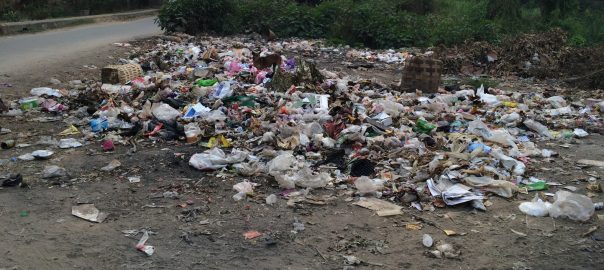
A Burmese man surprises me with a question, an idea that will make my thoughts race for weeks. “They talk about human rights abuses and political prisoners and all of these things. Yes, these things are important,” the man says, referring to the collective, unknown “they” who create the rules...
0 Comment(s)Join our Conversation
21 April 2016
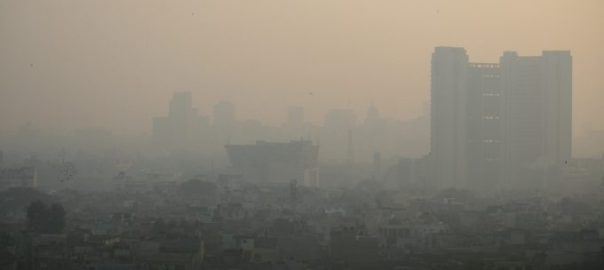
As world leaders gathered recently in New York to sign the momentous Paris accord to curb future carbon emissions, the air in Indian cities such as Delhi continued to scale alarming heights of befoulment, and Chinese cities such as Beijing keep struggling to curtail the roiling murk in their own skies....
0 Comment(s)Join our Conversation
18 April 2016
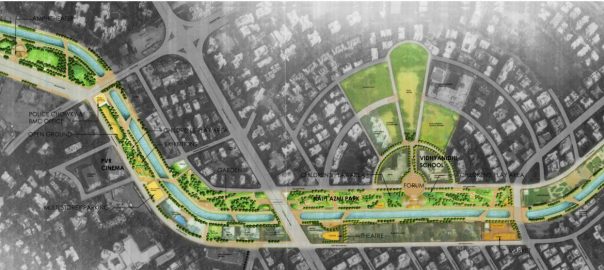
Here at The Nature of Cities, we write a great deal about the benefits of “green” cities, widely construed. In particular, we write that green infrastructure and biodiversity in cities have broad benefits for people, nature, and, indeed, for the world at large through their effects on sustainability and resilience....
6 Comment(s)Join our Conversation
14 April 2016
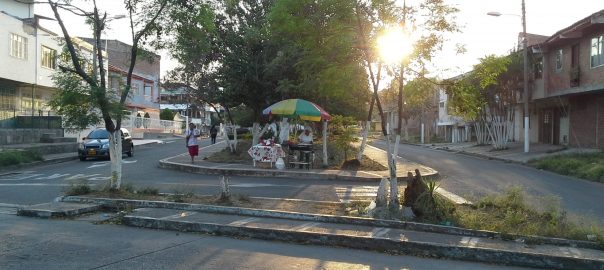
In previous contributions to The Nature of Cities (for example, Das (2015); Tsur (2014)), some authors have reported successful experiences or projects of linear open spaces providing green access to more people across neighborhoods or adapting old infrastructure to modern needs. Linear parks are longitudinal areas, both green and grey,...
14 Comment(s)Join our Conversation
12 April 2016

From a centuries-old pear tree marking the remnants of a castle in the Czech Republic, to an urban perimeter of abandoned ammunitions dumps in Spain, to a tiny balcony in cramped New Delhi—places that people care about dot the globe. Stewards, often driven by place attachments, meanings, and memories, defy...
2 Comment(s)Join our Conversation
8 April 2016
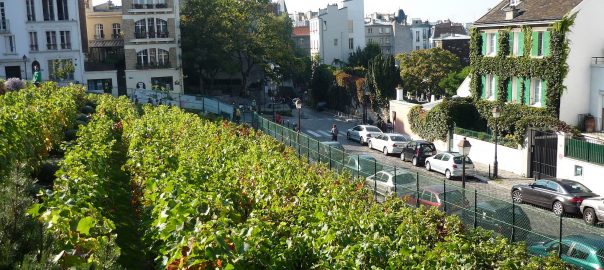
How do you like roller coaster rides? I love them—provided that I am sitting in the operator’s cabin and not in one of the small, shaken carts frantically moving up and down. In two of my last posts, The Nurtured Golem: A Nantes Neighborhood Transforms Environmental Bad into Good, and...
10 Comment(s)Join our Conversation
5 April 2016
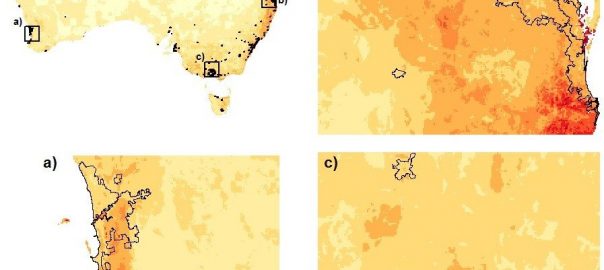
My and my colleagues’ recent research from Australia has shown that cities are hotspots for threatened species (Ives et al 2015). There is a remarkable diversity of rare plants and animals that exist alongside the places where people live and work. While results from this new study are striking, they...
3 Comment(s)Join our Conversation
4 April 2016
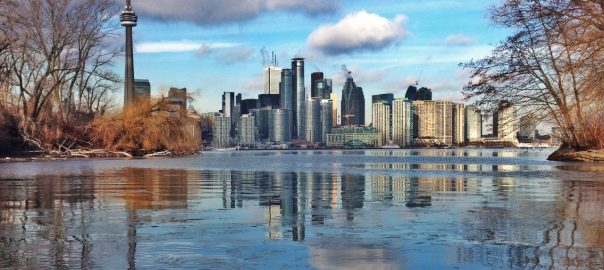
A review of America’s Urban Future: Lessons from North of the Border, by Ray Tomalty and Alan Mallach. 2016. ISBN: 9781610915960. Island Press. 312 pages. Buy the book. Canada and the United States share the longest unprotected border between two sovereign nations in the world. Current electoral politics in the...
3 Comment(s)Join our Conversation
3 April 2016
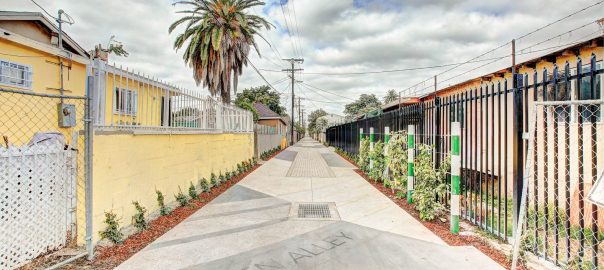
I live in the mega-City and County of Los Angeles. Despite the urban intensity, nature still surrounds us. We are bordered by three mountain ranges and the Pacific Ocean. Within our megalopolis are some of the largest regional parks in the country. Yet, with so much concrete and sprawl, it...
2 Comment(s)Join our Conversation
31 March 2016
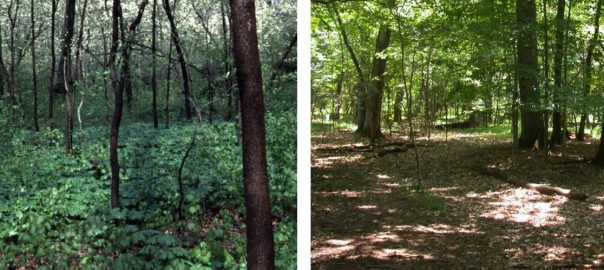
As I walk through the William L. Hutcheson Memorial Forest in Somerset, New Jersey, on this unseasonably warm March morning, I admire the 250 year-old oaks, towering above, reaching to the sky. Although small (26 hectares), this forest is one of the only remaining old growth forests in New Jersey...
3 Comment(s)Join our Conversation
29 March 2016
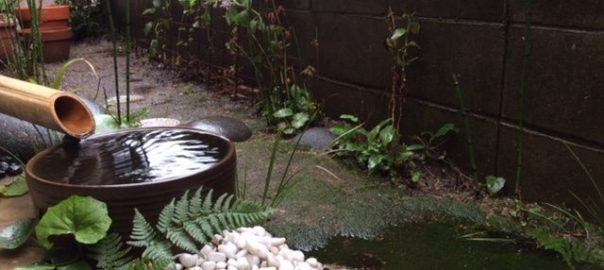
“For whom do all the flowers blossom in the spring?” —A phrase of Zen word in springtime These days, especially in summertime, we have heavy rain in Japan. Stormwater usually goes into concrete drains and flows into rivers. Most of the land in urban areas in our country is covered...
6 Comment(s)Join our Conversation
27 March 2016
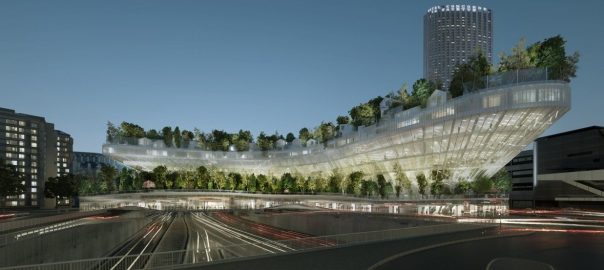
“Réinventer Paris”, or “Reinventing Paris”, the architectural program initiated by Anne Hildago (the Socialist mayor of the French capital) in autumn 2014 does not lack ambition. When I first heard about it, I was surprised and couldn’t really believe it until spring 2015, when I was convoked by two teams...
1 Comment(s)Join our Conversation
24 March 2016
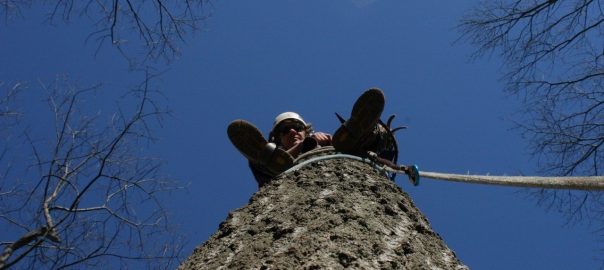
When there is a storm, trees can cause damage to homes, cars, and people—ultimately, the tree itself is a casualty of a storm. At these moments, generally, the public perceives arborists as the heroes of storms—arborists remove the “problem” from their properties. But at most other times during the year,...
16 Comment(s)Join our Conversation
23 March 2016
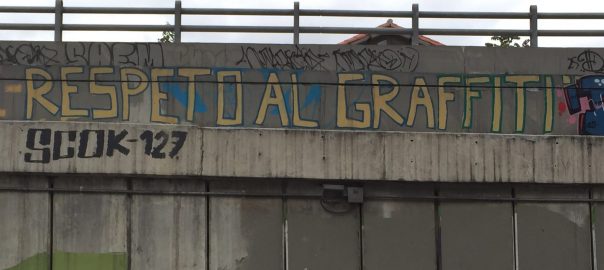
37 Comment(s)
Join our Conversation
22 March 2016
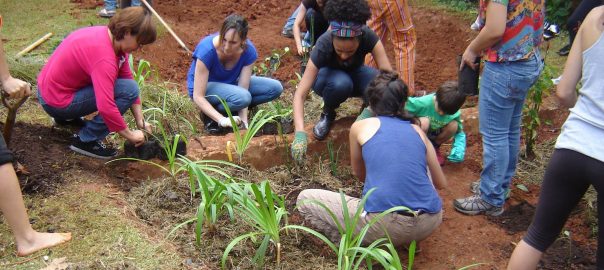
In the Third Millennium, we live in a globalized urban world, where loss of local culture and deep social segregation are happening. Climate is changing faster than predicted, hitting cities and people hard: climate-related floods, landslides, droughts, heat waves, traffic disruption, and food shortage are increasing. For instance, in Brazil,...
0 Comment(s)Join our Conversation
20 March 2016
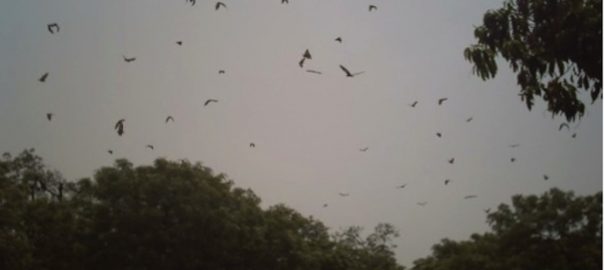
Out of the 17 UN Sustainable Development Goals, SDG 11 is a standalone goal for urban sustainability, with defined targets and indicators. SDG 11 can help urban policy and decision-makers and local people to think about and work towards urban sustainability. Most cities in developing countries, including in Africa, lack...
14 Comment(s)Join our Conversation

